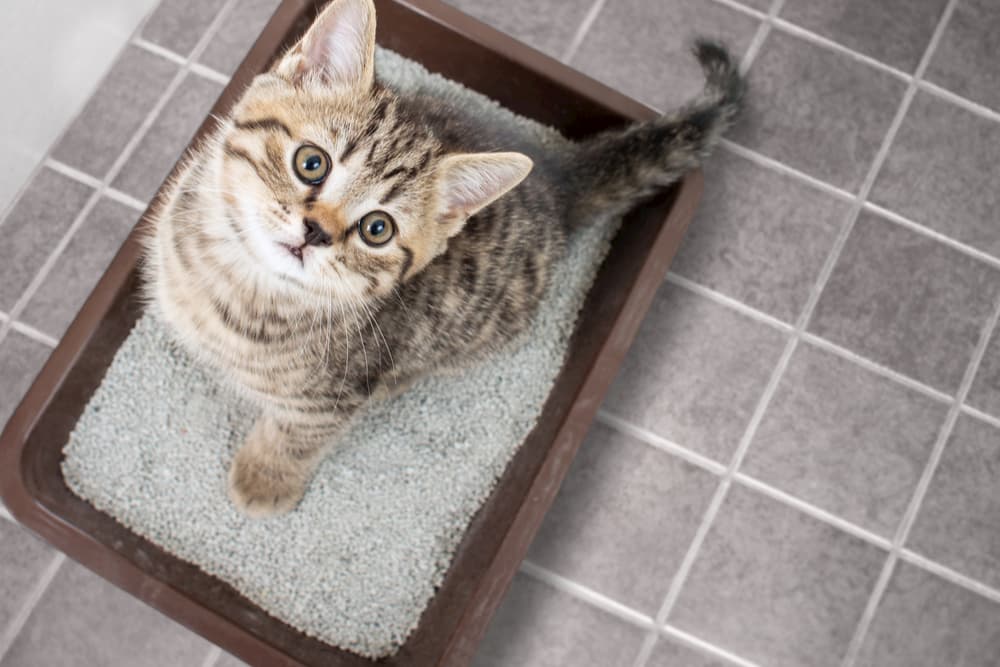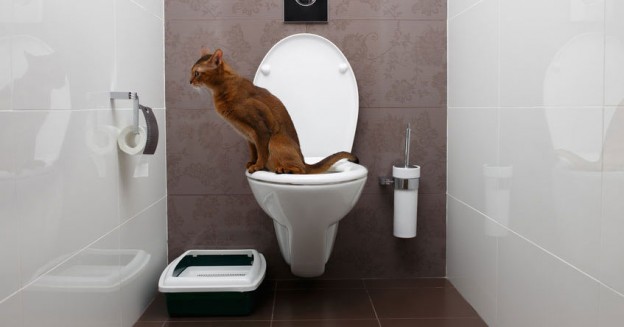Reasons Flushing Cat Poop Down Your Toilet May Cause Problems - Tips for Safe Disposal
Reasons Flushing Cat Poop Down Your Toilet May Cause Problems - Tips for Safe Disposal
Blog Article
We've unearthed the article pertaining to Can You Flush Cat Poo or Litter Down the Toilet? listed below on the web and reckoned it made good sense to write about it with you on this site.

Intro
As feline proprietors, it's important to bear in mind how we take care of our feline pals' waste. While it may appear convenient to flush pet cat poop down the bathroom, this method can have harmful effects for both the atmosphere and human health.
Environmental Impact
Flushing pet cat poop introduces unsafe microorganisms and bloodsuckers into the water system, posing a considerable risk to water ecological communities. These pollutants can adversely influence marine life and concession water top quality.
Health Risks
In addition to ecological problems, purging feline waste can likewise posture health dangers to people. Pet cat feces may include Toxoplasma gondii, a parasite that can create toxoplasmosis-- a potentially serious health problem, specifically for pregnant women and individuals with weakened body immune systems.
Alternatives to Flushing
The good news is, there are safer and much more accountable means to dispose of cat poop. Think about the complying with options:
1. Scoop and Dispose in Trash
One of the most usual approach of disposing of cat poop is to scoop it into a biodegradable bag and throw it in the trash. Make sure to utilize a specialized trash scoop and throw away the waste immediately.
2. Usage Biodegradable Litter
Select eco-friendly feline trash made from materials such as corn or wheat. These clutters are eco-friendly and can be securely thrown away in the garbage.
3. Bury in the Yard
If you have a yard, consider burying pet cat waste in a marked location away from veggie gardens and water sources. Be sure to dig deep adequate to stop contamination of groundwater.
4. Set Up a Pet Waste Disposal System
Purchase an animal waste disposal system specifically made for pet cat waste. These systems utilize enzymes to break down the waste, minimizing odor and environmental influence.
Verdict
Accountable animal ownership expands past offering food and shelter-- it additionally includes appropriate waste administration. By refraining from purging feline poop down the toilet and going with alternate disposal methods, we can minimize our environmental footprint and secure human wellness.
Why Can’t I Flush Cat Poop?
It Spreads a Parasite
Cats are frequently infected with a parasite called toxoplasma gondii. The parasite causes an infection called toxoplasmosis. It is usually harmless to cats. The parasite only uses cat poop as a host for its eggs. Otherwise, the cat’s immune system usually keeps the infection at low enough levels to maintain its own health. But it does not stop the develop of eggs. These eggs are tiny and surprisingly tough. They may survive for a year before they begin to grow. But that’s the problem.
Our wastewater system is not designed to deal with toxoplasmosis eggs. Instead, most eggs will flush from your toilet into sewers and wastewater management plants. After the sewage is treated for many other harmful things in it, it is typically released into local rivers, lakes, or oceans. Here, the toxoplasmosis eggs can find new hosts, including starfish, crabs, otters, and many other wildlife. For many, this is a significant risk to their health. Toxoplasmosis can also end up infecting water sources that are important for agriculture, which means our deer, pigs, and sheep can get infected too.
Is There Risk to Humans?
There can be a risk to human life from flushing cat poop down the toilet. If you do so, the parasites from your cat’s poop can end up in shellfish, game animals, or livestock. If this meat is then served raw or undercooked, the people who eat it can get sick.
In fact, according to the CDC, 40 million people in the United States are infected with toxoplasma gondii. They get it from exposure to infected seafood, or from some kind of cat poop contamination, like drinking from a stream that is contaminated or touching anything that has come into contact with cat poop. That includes just cleaning a cat litter box.
Most people who get infected with these parasites will not develop any symptoms. However, for pregnant women or for those with compromised immune systems, the parasite can cause severe health problems.
How to Handle Cat Poop
The best way to handle cat poop is actually to clean the box more often. The eggs that the parasite sheds will not become active until one to five days after the cat poops. That means that if you clean daily, you’re much less likely to come into direct contact with infectious eggs.
That said, always dispose of cat poop in the garbage and not down the toilet. Wash your hands before and after you clean the litter box, and bring the bag of poop right outside to your garbage bins.
https://trenchlesssolutionsusa.com/why-cant-i-flush-cat-poop/

Hopefully you enjoyed reading our section about How to Dispose of Cat Poop and Litter Without Plastic Bags. Many thanks for taking a few minutes to browse our blog post. Do you know about another person who is in the market for the subject? Do not hesitate to promote it. Thanks a lot for your time invested reading it.
Estimate Free Report this page